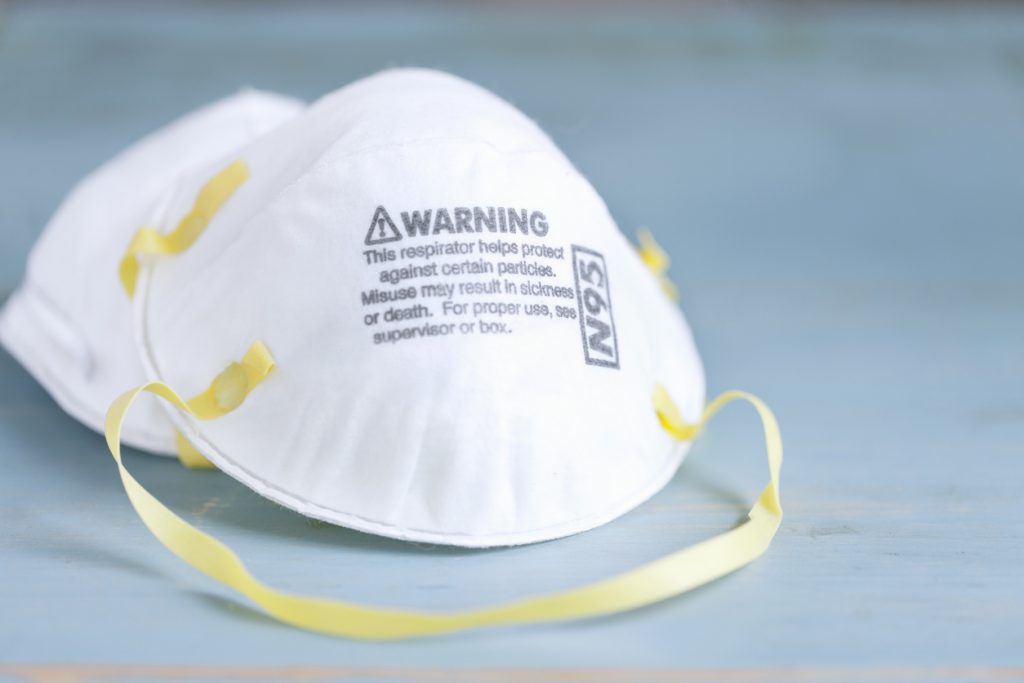
You spend a third of your day at work, so ensuring you are taking the appropriate precautions to remain safe and reduce any risks of injury or illness is incredibly important. Worksite injuries are more common than we would like, so staying alert and refusing to become complacent is crucial. As a manager or business owner, it’s your responsibility to ensure that your employees are properly trained and have all the resources they need to stay safe at work.
Mask fit testing is one such way in which you can be sure your staff is being properly looked out for. Fortunately, the process for mask fit testing is fairly simple, and some workplace safety companies, such as rmhearingtest.ca, provide mobile services that bring the operation and testing right to you. But how exactly does mask fit testing help keep you safe? Let’s take a look.
How do properly fitted masks protect you?
The medical sector is the most common professional field that requires the use of masks– generally N95 masks. As this past year and a half have proven, germs and diseases are incredibly airborne and can linger in the air long after the infected person has left. By wearing masks, workers are able to protect themselves against any dangerous illnesses or viruses, and thus ensure they are not passing it on to co-workers, patients, or even family once they go home for the day. A properly fitted mask ensures there are no gaps between the mask and your face, confirming that no germs are able to get past the barrier and compromise your immune system.
For those who do not work in a medical environment, such as construction workers, properly fitted masks can still be beneficial as they can protect them from dirt, dust, sand, or toxic chemicals. After being exposed to such elements for a sustained period of time, workers could begin to develop serious health issues if they don’t have the proper protections in place.
Are there different kinds of mask fit testing?
According to OHS Canada, there are two different fit testing: qualitative and quantitative. A qualitative fit testing is the more common type performed and covers most of the regularly used workplace masks, such as the N95, half-face, and full-face respirators. The test involves the taste sensitivity of the person being tested and can be applied to any type of mask that does not have its own air supply.
Meanwhile, the quantitative fit test uses a Portacount machine to measure the safety of the mask via the fixed air supply.
Both types of tests should be conducted at least every two years to ensure the masks are still serving and protecting your employees. The test should be done sooner if the wearer has lost or gained weight or has grown facial hair since their last appointment, as these alterations could impact the fit of the mask.
How do you prepare for a mask fit test?
It’s recommended that you do not eat, drink, or smoke for at least 20 minutes before your test to ensure the taste test is effective. Additionally, if you have any facial hair, you will unfortunately need to shave prior to the fitting, as the N95 mask will not be able to properly secure to your skin and you will fail your test. You will also need to fill out a short medical consent form prior to beginning your test.
Mask fit testing can ensure you are using the correct equipment to keep you safe at work. Prolonged exposure to dangerous elements and bacteria can have negative, lasting effects, so it’s important to be proactive and keep your employees protected against workplace risks.

